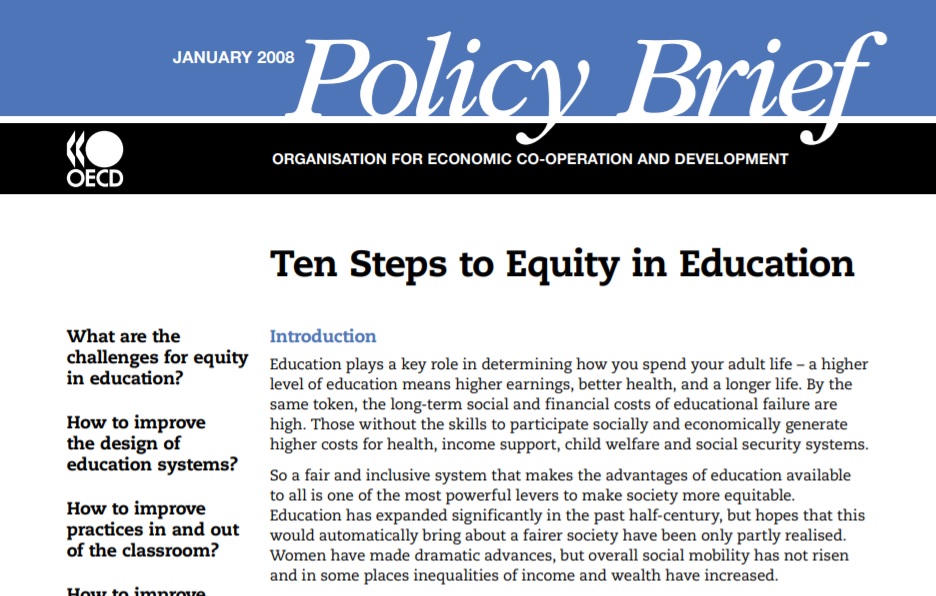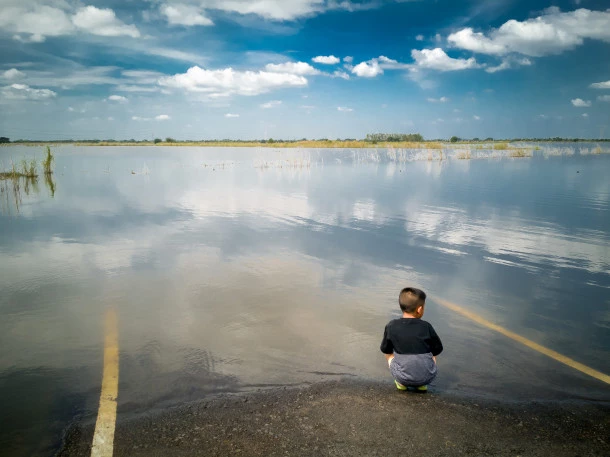No More Failures challenges the assumption that there will always be failures and dropouts, those who can’t or won’t make it in school. In fact, initiatives in many countries demonstrate that it is possible to successfully tackle school failure and dropout rates – and to reduce the huge social cost of adults without basic skills. This book offers a valuable comparative perspective on how different countries have handled equity in education. Among the issues it explores:
- tracking, streaming and academic selection
- school choice
- secondary education structures and second chance programmes
- grade repetition
- links between school and home
- early childhood education
- resource allocation
- targets for equity
- the special needs of migrants and minorities
The book identifies three key areas for delivering equity in education: the design of education systems, classroom practices and resourcing. It proposes ten concrete policy measures, backed by evidence, on how to reduce school failure and dropout rates. It will be of special interest to policy makers, school leaders, teachers and parents.






